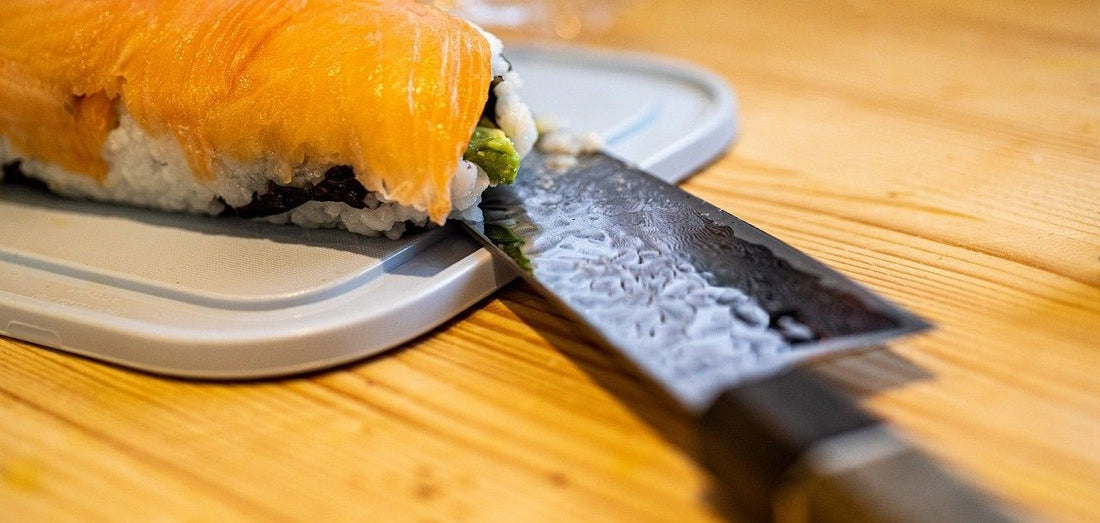
So you bought a high-carbon kitchen knife, now what?
Share
High carbon steel kitchen knives are known for their exceptional sharpness and durability.
To ensure your knife stays in top condition, proper care and maintenance are essential.
Follow these expert tips to keep your high carbon steel kitchen knife in pristine condition for years to come.
Why High Carbon Steel?
High carbon steel is favored by many professional chefs and cooking enthusiasts for its excellent performance and ease of sharpening.
Without the high Chromium content of stainless steels, these knives are more prone to rust and corrosion if not properly cared for.
Hand Washing
Always hand wash your high carbon steel knife with warm, soapy water immediately after use.
Avoid soaking the knife for extended periods or putting it in the dishwasher, as this can lead to rust and damage to the blade.
Drying and Storage
Thoroughly dry the knife with a clean towel before storing it.
Storing the knife on a magnetic knife rack is recommended to prevent damage and ensure the knife can fully air dry.
Storing knives in a knife block can cause moisture to be trapped in contact with the steel and cause rusting.
Avoid storing knives in a drawer where they can bump against other utensils and become dull.
Sharpening
Regular sharpening is key to maintaining the sharpness of a high carbon steel knife.
Use a honing rod or leather strop to keep the blade edge keen.
It's recommended to hone the edge of your blade regularly, this will prolong the period between sharpenings and keep your blade sharp and cutting well for years to come.
When honing the edge no longer restores sharpness, it is time to move to a sharning stone in order to return a sharp apex to the cutting edge by removing some material.
Begin sharpening with a lower grit stone, ensuring you maintain the angle consistently through each stroke on the stone.
Work both sides evenly until you have begun to form an even burr along tthe edge, then switch to a finer grit stone and repeat the process, forming a nice even burr all along the edge.
Once you have reached your desired grit level, strop the edge of the blade using a leather strop and polishing compound to remove the burr and polish the edge.
Oiling the Blade
To prevent rust and corrosion, apply a thin layer of food-safe mineral oil to the blade regularly.
This helps create a protective barrier against moisture and acidic foods that can cause damage to the steel.
Avoiding Acidic Foods
High carbon steel knives are more susceptible to corrosion from acidic foods like citrus fruits and tomatoes.
Wipe the blade clean immediately after cutting acidic ingredients to prevent damage.
Over time, your high-carbon knife will develop a patina of various colours. This is normal and adds a special character to each piece as the history of its use is written upon the surface of the steel for all to see.
Just ensure it's kept clean, dry and occassionally oiled and you should be fine :)
Professional Maintenance
For deep cleaning and maintenance, consider taking your high carbon steel knife to a professional sharpener.
They can remove any nicks or damage to the blade and ensure it is in optimal condition for your culinary needs.
By following these expert tips for caring for your high carbon steel kitchen knife, you can enjoy the benefits of a sharp and reliable tool in your kitchen for years to come.




